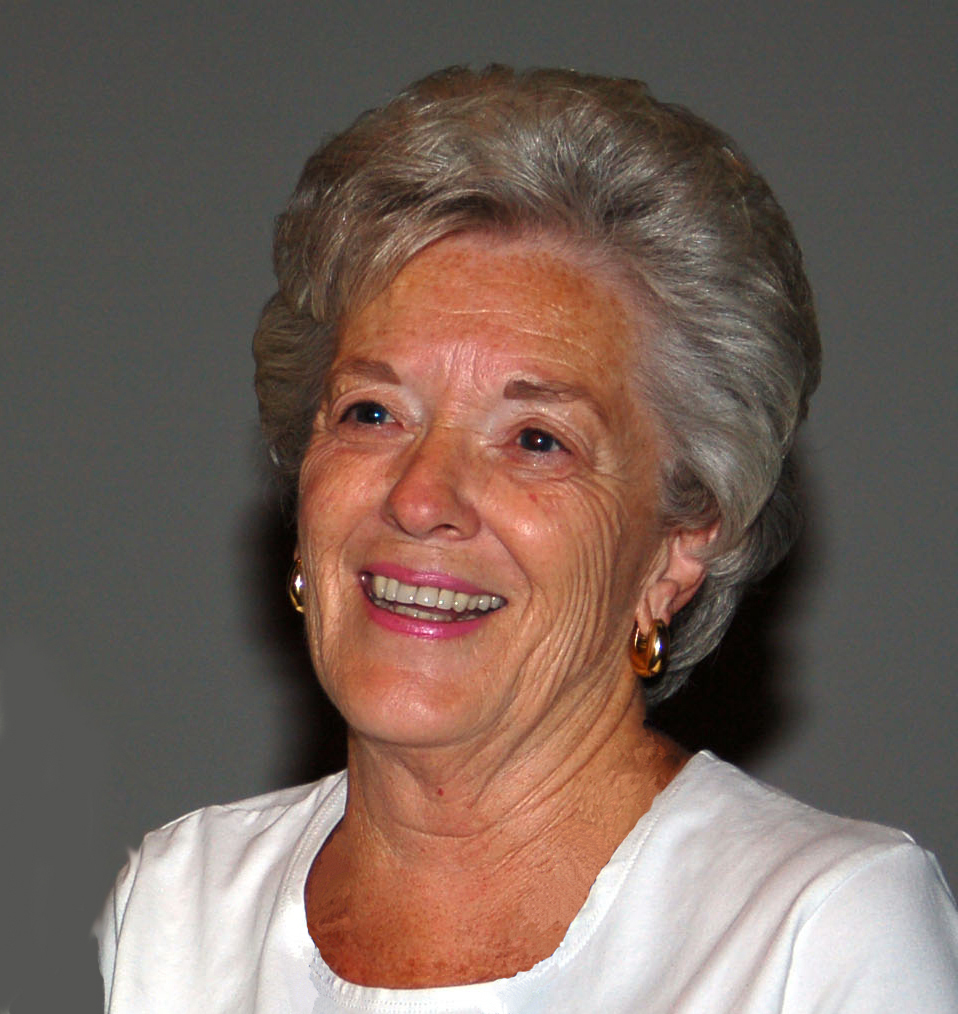
APDU Board Member: Welcoming Karin Orvis, Chief Statistician of the United States
By: Katherine Wallman, Chief Statistician of the United States 1992-2017
With great pleasure, I take the pen this month to welcome Karin Orvis, the recently-appointed Chief Statistician of the United States. Dr. Orvis succeeds Nancy Potok, who retired from serving in that position more than two years ago. No stranger to the use of data and evidence to inform policy and programs, Dr. Orvis previously led several Department of Defense programs that served the active duty and veteran military communities.
The challenges and opportunities that await attention from Dr. Orvis are substantial. The traditional responsibilities of the Chief Statistician, initially defined in the 1930s and most recently codified in the Paperwork Reduction Act of 1995, include overseeing the production and accessibility of objective, reliable, and timely statistics that garner the trust of our nation; establishing priorities and securing budgets for statistics produced by the federal agencies; and promulgating government-wide standards that foster the comparability and utility of data. More recently, the Foundations for Evidence-Based Policymaking Act of 2018 assigned new roles to the Chief Statistician, such as preparing and ultimately issuing regulations to enhance public trust and to enable expanded data sharing authorities. Moreover, the Chief Statistician now
more than ever will need to work across silos and collaborate with evidence-building partners in federal agencies that include new leaders serving as chief data officers and chief evaluation officers. As Nancy Potok recently offered, “In addition to looking inward at the federal statistical system, the Chief Statistician should also be externally facing and making sure the federal statistical viewpoint is fully represented in the evidence building and data science ecosystem.”
Perhaps the greatest of all opportunities for the Chief Statistician are emerging as the environment in which official statistics exist and the landscape they have occupied are experiencing dramatic changes. As another of Dr. Orvis’ predecessors Hermann Habermann has noted, “Thirty years ago, the federal government controlled most of the information about people. Now the private sector controls it and dominates where the nation is going with respect to privacy and technology.” Coupled with the extensive data resources held by State and local governments, much of which is amassed in conjunction with federal benefit receipt and administrative or regulatory requirements, these alternative data sources provide abundant assets for improving the relevance, timeliness, and quality of official statistics. The Chief Statistician must provide the vision for the role of the federal statistical system in this new world.
To succeed, the Chief Statistician must take a seat at new tables; capitalize on the wealth of expertise that resides in the staff of the federal statistical agencies; and forge stronger and novel alliances with other levels of government and the private sector. Karin Orvis has already signaled her dedication to collaboration with these and other partners, particularly with data users. APDU’s Board, its staff, and its members would do well to extend our welcome and contribute to her success.